Home renovations are exciting, but they often come with dust, fumes, and potential air pollutants that can affect your indoor air quality.
Ensuring good air quality during a renovation is crucial for your health and well-being. In this guide, we’ll explore some easy-to-follow tips to help you maintain air quality and create a healthy living environment while sprucing up your home.
But first, let’s what are the common pollutants during home renovation.
Related article: What floorboards are best? Is it easy to install them? Can you lay floorboards on top of floorboards?
Volatile Organic Compounds (VOCs)
VOCs come from specific paints, adhesives, and solvents used in construction. These chemicals can stay in the air inside your home, causing problems like breathing issues, headaches, and eye irritation. Moreover, VOCs can mix with other pollutants in the air, leading to the creation of ground-level ozone and smog. While there are paints available with low VOC or non-toxic options, they might cost more, but it’s a worthwhile investment to avoid breathing in harmful chemicals.
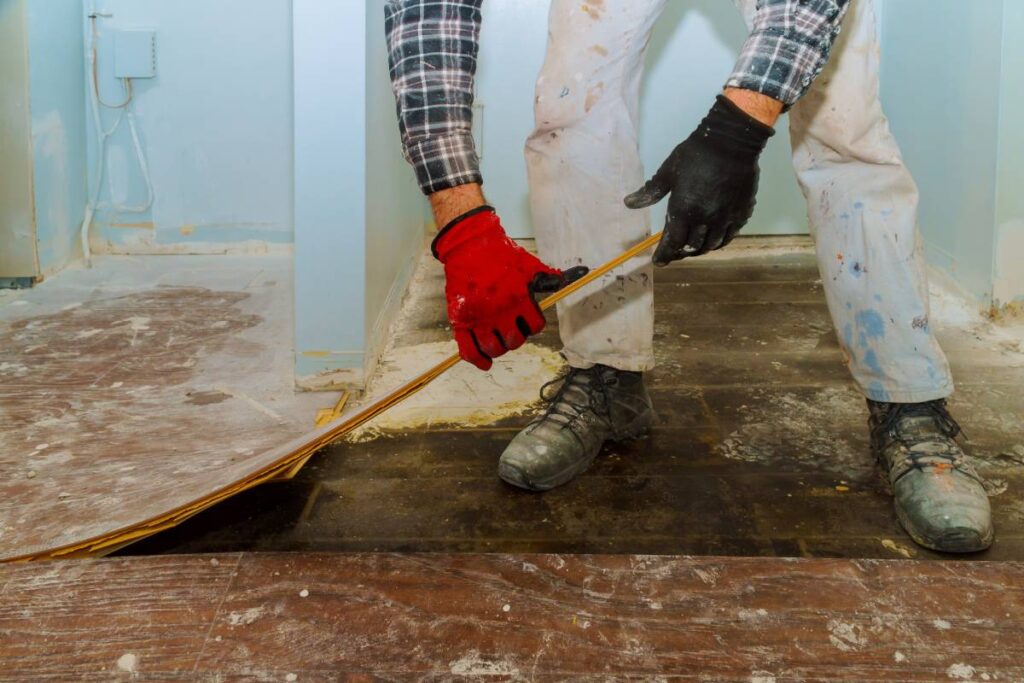
Particulate Matter (PM)
PM is a visible pollutant that arises during activities like sanding, cutting, demolition, or cleaning. Tiny particles can float in the air and go deep into the lungs, causing or worsening respiratory problems. Dust produced during renovation may contain harmful substances such as lead or asbestos, especially in older homes. Inhaling these particles can lead to severe health issues, including damage to the nervous system and respiratory diseases.
Formaldehyde
Formaldehyde is a colourless gas with a noticeable smell, often released from certain building materials like pressed wood products, insulation, and glues. Exposure to formaldehyde can irritate the eyes, nose, and throat, and prolonged exposure can lead to respiratory and allergic reactions. Ensuring proper ventilation during and after renovation activities is crucial to keeping formaldehyde levels low.
Mould
Discovering a significant amount of mould may require a renovation of its own. When renovating, check areas where moisture might build up, such as under sinks, near washing machines, windowsills, ceilings, and basements. Adequate ventilation is essential when dealing with mould, and consider adding a window, dehumidifier, fan, or other ventilation methods in areas prone to mould growth. Using an air purifier that tackles airborne mould spores can also help reduce their spread.
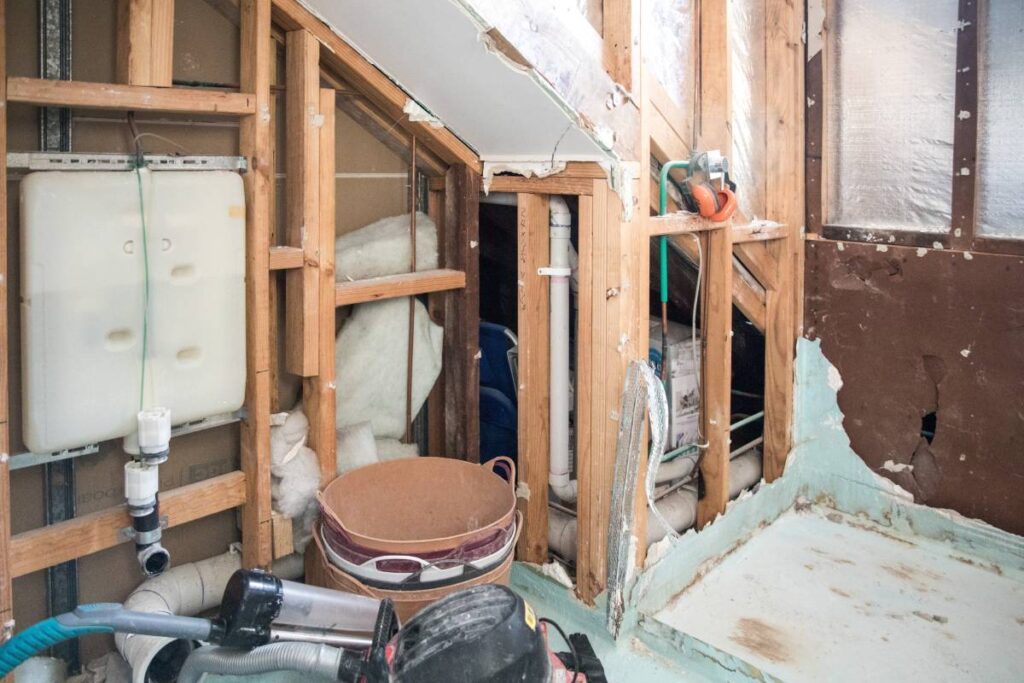
How to Maintain Air Quality During Home Renovation
- Ventilation is Key: Proper ventilation is essential to keep the air fresh during renovation projects. Open windows and doors to allow fresh air to circulate and carry away dust and fumes. Consider using exhaust fans to direct pollutants outside. This simple step can make a significant difference in maintaining air quality.
- Use Low-VOC Products: When choosing paints, adhesives, and other construction materials, opt for low-VOC (volatile organic compound) or VOC-free options. These products release fewer harmful chemicals into the air, promoting better indoor air quality. Look for labels that indicate low or zero VOC content when shopping for renovation materials.
- Seal Off Renovation Areas: Contain the renovation dust and debris by sealing off the construction area with plastic sheeting. This prevents particles from spreading to other parts of the house and helps maintain cleaner air in your living spaces. Be sure to secure the edges of the plastic tightly to create an effective barrier.
- Regular Cleaning: Implement a regular cleaning routine to control dust and particles. Wipe down surfaces frequently with a damp cloth to capture airborne particles and prevent them from settling. Vacuum with a HEPA filter, as it can trap smaller particles that regular vacuums might miss. This proactive approach keeps your living spaces cleaner and your air fresher.
- Schedule Renovations Strategically: Plan your renovations during seasons when you can keep windows and doors open comfortably. This allows for better air exchange, reducing the concentration of indoor pollutants. If possible, schedule activities that generate more dust or fumes for times when you can ventilate the space effectively.
- Invest in Air Purifiers: Consider using air purifiers with HEPA filters to further improve indoor air quality. These devices can effectively capture and filter out fine particles, allergens, and other pollutants. Place them strategically in areas where renovation activities are ongoing or in spaces where you spend the most time.
- Protect HVAC Systems: Dust and debris from renovations can wreak havoc on your HVAC (heating, ventilation, and air conditioning) systems. Change your air filters regularly during the renovation process to prevent these particles from circulating through your home. Consider hiring professionals to clean and inspect your HVAC system post-renovation for optimal performance.
- Personal Protective Equipment (PPE): When actively involved in the renovation, use personal protective equipment such as masks and goggles to shield yourself from airborne particles. This not only safeguards your health but also prevents you from carrying contaminants into other areas of your home.
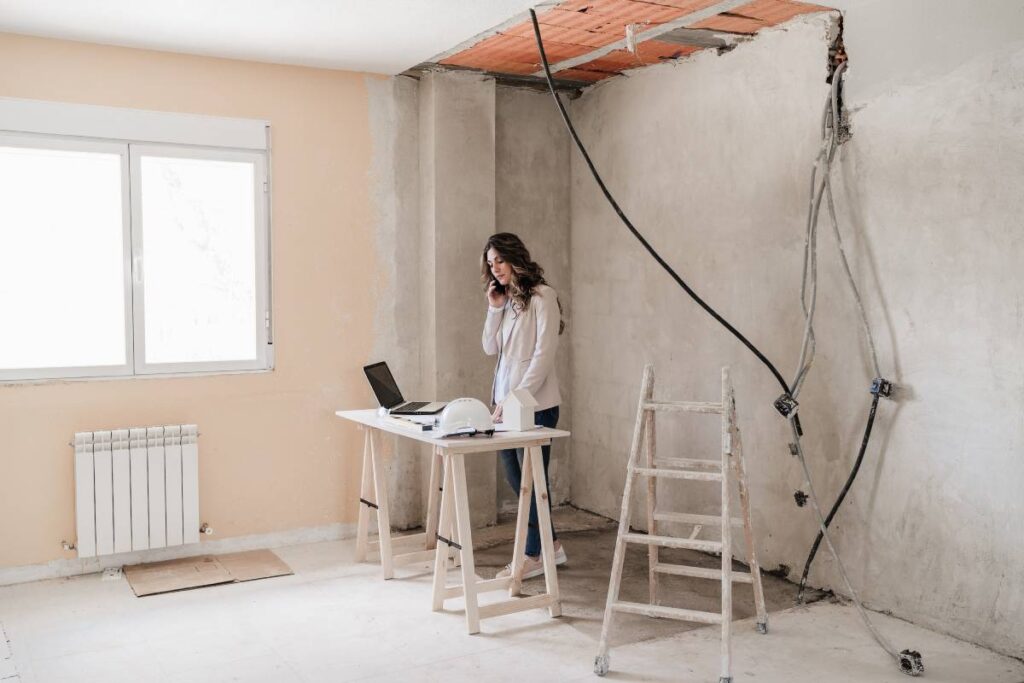
How to Maintain Air Quality After Home Renovation
- Thorough Cleaning: Start by giving your home a thorough cleaning after the renovation. Wipe down surfaces, dust furniture, and vacuum carpets to eliminate any remaining particles. Be sure to pay attention to often-overlooked areas like light fixtures, vents, and corners where dust may accumulate.
- Replace or Clean Air Filters: Your HVAC system plays a key role in maintaining indoor air quality. Replace or clean air filters to remove any particles that may have entered the system during the renovation. Clean filters ensure that the air circulating in your home remains free from dust and contaminants.
- Ventilation: Continue to prioritize ventilation even after the renovation is complete. Open windows and doors regularly to allow fresh air to circulate and remove any lingering fumes or odours. This simple practice promotes air exchange and helps keep your indoor environment crisp and clean.
- Air Purifiers: Consider using air purifiers equipped with HEPA filters to further enhance air quality. These devices are effective in trapping fine particles, allergens, and other pollutants. Place them strategically in rooms where renovation activities occur or in spaces where you spend the most time.
- Cross-ventilate Your Home: Create a cross-ventilation strategy by opening windows on opposite sides of your home. This encourages a steady flow of fresh air and expedites the removal of lingering pollutants. Implement this technique regularly, especially during days with good weather.
- Odour Elimination: If your renovation left behind any unpleasant odours, tackle them directly. Use natural odour absorbers like baking soda or activated charcoal in affected areas. Consider placing bowls of vinegar around the house, as vinegar is effective in neutralizing odours.
- Monitor Humidity Levels: Keep an eye on humidity levels in your home, as high humidity can lead to mould growth and compromise air quality. Use dehumidifiers if necessary, especially in areas prone to moisture, such as basements and bathrooms.
- Inspect and Seal Gaps: Check for any gaps or cracks in windows, doors, and walls that may allow outdoor pollutants to enter your home. Seal these gaps to create a barrier against external contaminants, helping to maintain the air quality you’ve worked hard to achieve.
- Plants for Natural Purification: Introduce indoor plants known for their air-purifying properties. Plants like spider plants, peace lilies, and snake plants can help filter out pollutants and contribute to a cleaner indoor environment.
In the excitement of renovating your home, don’t forget about air quality. Opt for paints with low or no harmful chemicals (VOCs) and protect against dust (PM) during activities like sanding. Proper ventilation is key to tackling formaldehyde, commonly found in building materials. Additionally, be proactive in preventing mould growth by checking moisture-prone areas regularly.
Remember, a successful renovation goes beyond appearances; it’s about creating a healthier and happier living environment for the long haul.

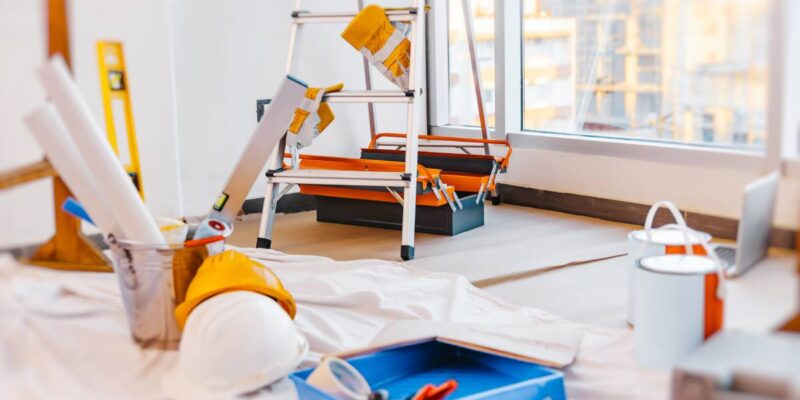

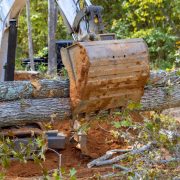




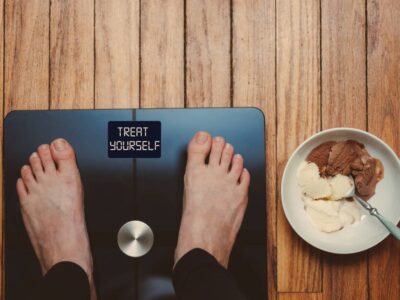

Comments